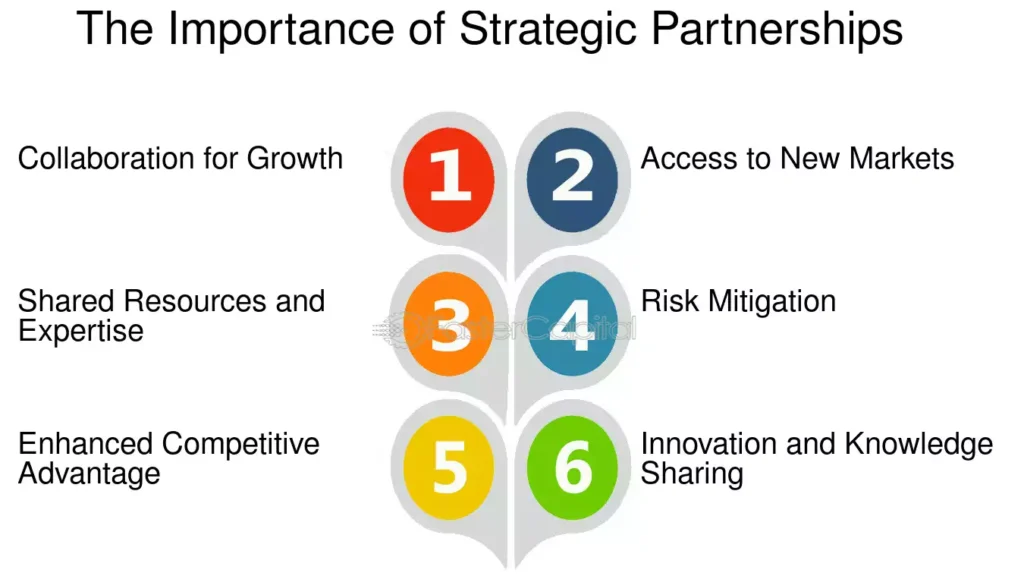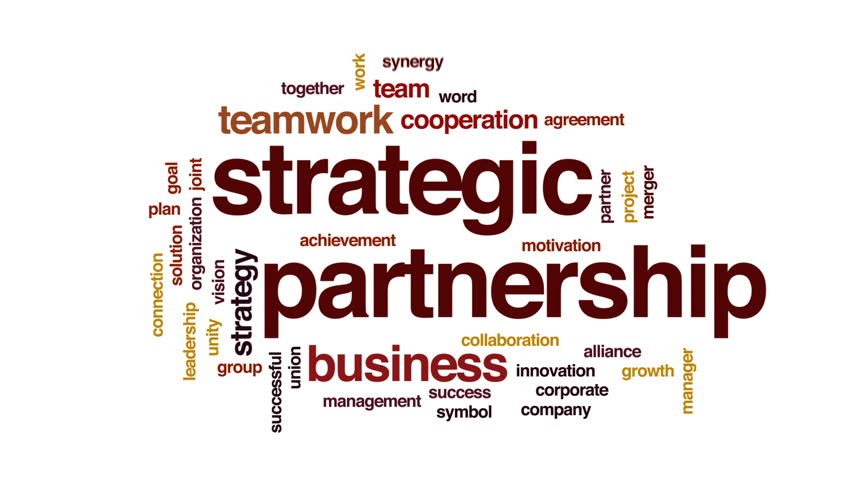Let’s be honest—running a startup can feel like juggling flaming swords while riding a unicycle. There’s product development, marketing, funding, hiring… the list goes on. And if you try to do everything alone, you’ll burn out fast. That’s where strategic partnerships come in. Think of them as your safety net—and maybe even a turbo boost.
Here’s something to think about: you don’t always need to reinvent the wheel. Sometimes, teaming up with the right people can get your startup further, faster. Strategic partnerships aren’t just “nice to have”—they can be game-changers.
Why Partnerships Matter?
The first thing to understand is this: collaboration opens doors that solo effort can’t. Imagine you’re launching a health-tech app. You have an amazing product, but your marketing reach is tiny. Partner with a popular fitness influencer or a health brand, and suddenly, your app is in front of thousands of potential users. That’s leverage.
Partnerships can also fill gaps in expertise. Maybe your strength is tech, but sales? Not so much. A partner with a strong sales team can help you reach customers faster than you ever could alone. It’s like being on a see-saw—when one side goes up, the other balances it out.
Types of Strategic Partnerships
Let’s break it down. Not all partnerships are created equal. Here are a few types that can really help a startup grow:
- Co-Marketing Partnerships – This is when two brands team up for a campaign or promotion. You share audiences and resources. It’s a win-win if done right.
- Distribution Partnerships – Got a killer product but no way to get it into stores or online marketplaces? Partner with someone who already has distribution channels. Instant reach.
- Technology or Product Partnerships – Sometimes, integrating another company’s tech into your offering makes your product stronger. Think of it as adding rocket fuel.
- Joint Ventures – Two companies create something new together. Higher risk, higher reward. You’re combining strengths to tackle a bigger opportunity.

Finding the Right Partner
This is where things get tricky. Not every partnership is going to be gold. Here’s the deal: alignment is key. You need someone who shares your vision—or at least complements it.
Ask yourself:
- Do they have skills or resources I lack?
- Are their goals compatible with mine?
- Can we trust each other to hold up our end of the deal?
Sometimes, it’s tempting to chase big names just for the bragging rights. Don’t. It’s better to partner with someone smaller but fully aligned than to struggle through a high-profile mismatch.
Making Partnerships Work
Once you’ve found a partner, don’t just shake hands and call it a day. Partnerships need care. Regular communication is non-negotiable. Set clear expectations from the start—who does what, and by when.
Here’s the thing: flexibility is just as important. Markets change, priorities shift, and sometimes the original plan needs tweaking. A rigid partnership is like trying to bend a steel rod—you’ll break before it bends.
And don’t forget the human side. Relationships matter. Celebrate wins together, acknowledge mistakes, and keep the dialogue open. People work harder for partners they respect—and like.
Learning from Real Examples
Look at Spotify and Uber. At first glance, they’re unrelated—music and rides—but their collaboration offered Uber riders personalized playlists. It’s a tiny example, but it created a memorable user experience for both brands.
Or consider startups teaming with bigger corporations. Many young companies leverage corporate partners for credibility and resources while the corporations get fresh innovation. It’s a symbiotic relationship—each benefits in ways they couldn’t achieve alone.
Wrapping Up
Strategic partnerships aren’t just a business tactic—they’re a growth strategy that can transform your startup. But here’s a small confession: not every partnership will work out. You’ll stumble, maybe even face rejection. That’s okay. Each attempt teaches you something about your business, your market, and yourself.
So, if you’re trying to scale your startup, look around. Who could help you reach more people, build a better product, or navigate a tricky market? Sometimes, growth isn’t about doing more—it’s about doing it together.
Remember: it’s not about finding the perfect partner. It’s about finding the right one—and putting in the work to make the collaboration actually work.

